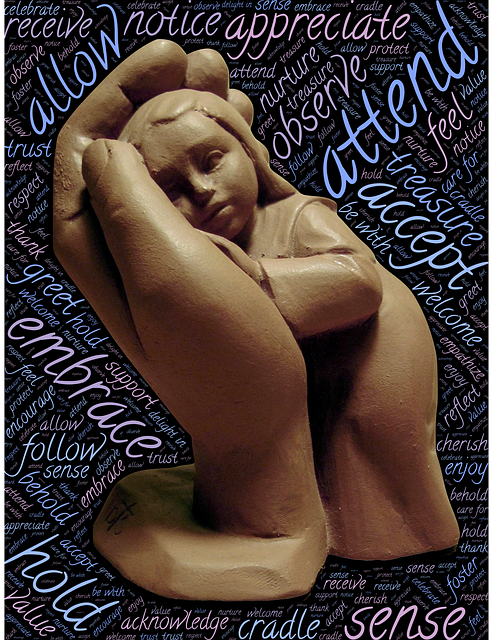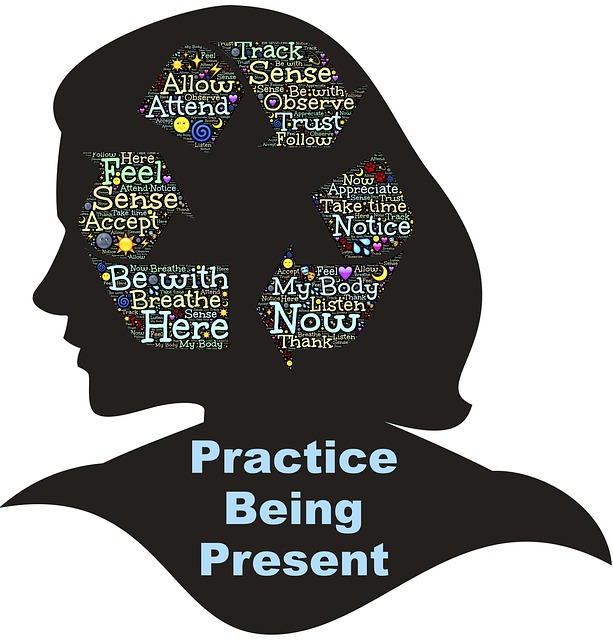In his presentation for the Mindfulness & Meditation Summit, Leo Babauta discussed the topic, Mindfulness: The Key to Habit Change. He is the author of the e-book, The Habit Guidebook: My Most Effective Habit Methods & Solutions and the creator of the Zen Habits blog.
Leo spoke about how to develop habits through mindfulness and ways to deal with the obstacles that you will invariably encounter. He had to overcome multiple bad habits – addiction to smoking, eating unhealthy foods and leading a sedentary life. The costs for him were not only bad health but also lack of time for his wife and children and serious debt – all affecting his quality of life.
However, Leo overcame all these bad habits through mindfulness and now has a blog about developing habits, which he updates regularly for his two million readers. Suffice it to say, he no longer has a debt problem, is healthy, has lost a lot of weight and has been able to run a marathon and spend quality time with his family.
Developing a single habit
When we are confronted with a whole host of things that we need to change in our lives, as Leo was, we tend to think that one small change is insufficient to make a difference. However, Leo’s advice echoes that of Seth Godin and others who have achieved great things in their lives – start small, start now, be consistent and be accountable to yourself and others.
When we first start on a new habit, we are enthusiastic about the possibilities for how it could turn our life around. It is important not to get carried away by this early enthusiasm and try to do too much too soon. Otherwise, you will not be able to sustain the effort with the result that the habit will not last and you will not experience the desired benefits.
Again, the advice is to start small, but with one habit. Leo argues that focusing on a single habit that will potentially lead to your end goal, e.g. giving up smoking, is more sustainable than focusing on a goal that is too far into the future and more uncertain of attainment – which can result in deferral of happiness until the end goal is achieved. When you focus on a small, achievable habit, you can experience happiness each time with the achievement of that one small step. This, in turn, provides positive reinforcement for the new habit.
He suggests linking the new habit to something you already do daily, e.g. making a cup of tea/coffee. This then becomes a trigger or reminder to undertake the new habit. You can also strengthen your resolve through building in accountability – telling someone else what you intend to do, having an accountability buddy or someone who undertakes the habit/practice with you , e.g. a running partner.
Developing a habit through mindfulness
Leo suggests supporting this one, new habit with mindfulness practice. The new habit may be to start walking, running or writing or doing yoga. The mindfulness practice can itself be small, e.g. a short mindful breathing meditation. The meditation, itself, may be the initial habit you are trying to develop, or it can be used to support the development of another habit.
Leo’s own experience demonstrates the power of mindfulness to overcome obstacles to forming a new habit. You can stop yourself, tune into your breath and observe what is happening for you. You can deal with obstacles as they arise.
For example, if you tend to put things off, rationalise why you are re-engaging in the bad habit or expressing negative thoughts about your ability to perform, then these thoughts can be observed through your mindful breathing practice. You can see these things happening while meditating and treat them as obstacles that are trying to get in the road of your achieving your goal. You can stand back from them and reduce their power by treating them as passing thoughts. You can then resume your practice of your new habit.
If you feel the pull of an urge – to sleep in, to smoke or to eat unhealthy food – you can work with that urge through mindful breathing. You can observe the urge, its strengthening power, it’s rationalisation – and gradually reduce the pull of this urge by viewing it while meditating. As you breathe mindfully, focus on the urge until it subsides.
Mindfulness not only helps you overcome obstacles to forming a new habit, it increases your self-awareness and builds your capacity for self-management.
As we grow in mindfulness, through meditation practice, we can progressively develop new positive habits and regain control over our lives. The secret is to start small with one habit, be consistent in practising the habit and support the development of the habit with mindfulness that can address the obstacles as they arise – and they do arise for everyone.
By Ron Passfield – Copyright (Creative Commons license, Attribution–Non Commercial–No Derivatives)
Image source: courtesy of geralt on Pixabay









